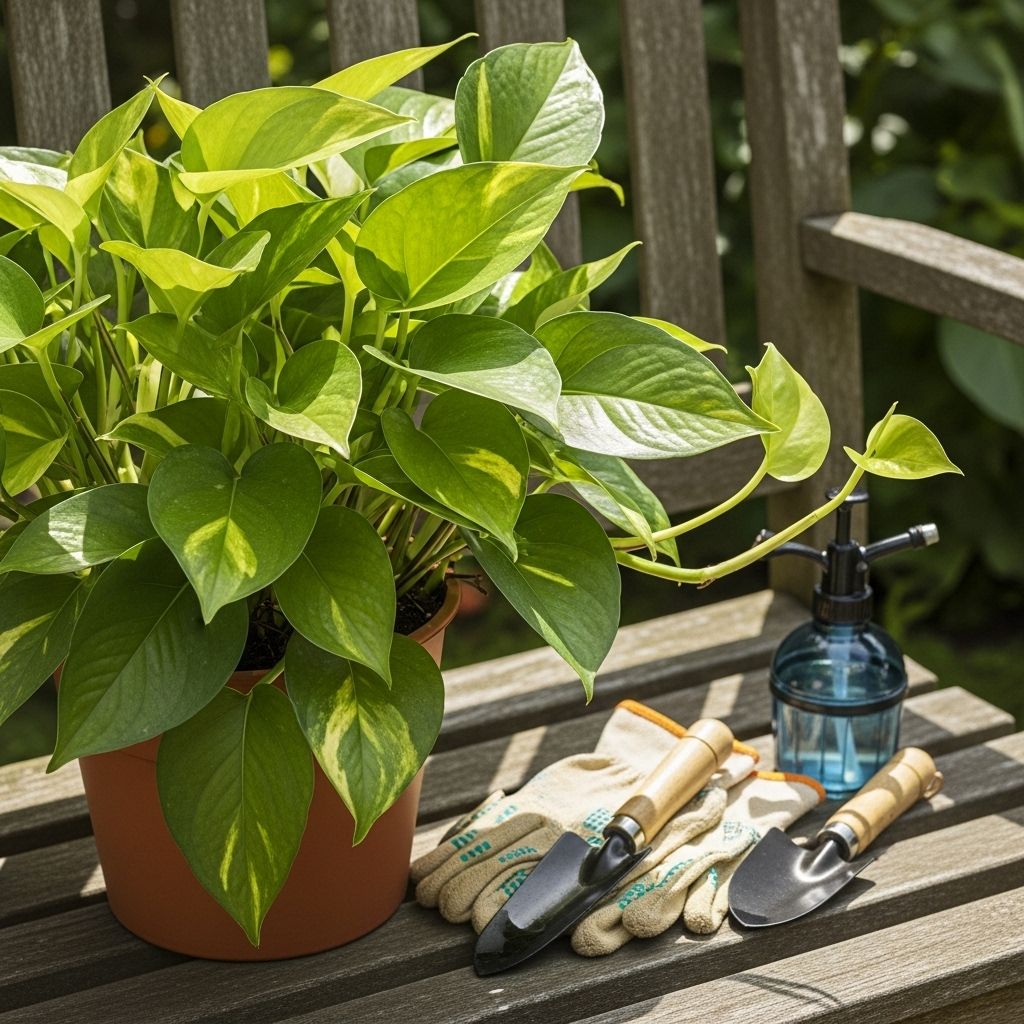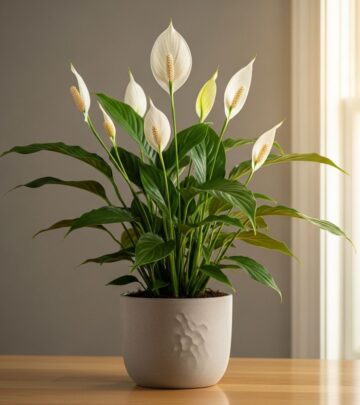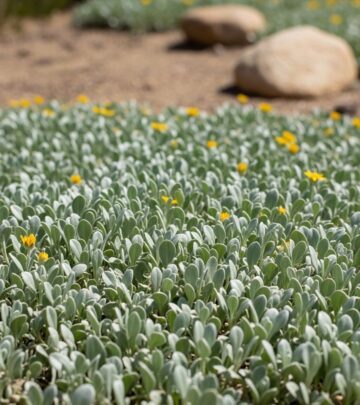Gardening 101: The Ultimate Guide to Growing Pothos
Bring hardy vines indoors for greenery that purifies air and adapts to any light level.

Image: HearthJunction Design Team
Gardening 101: Pothos
Pothos (Epipremnum aureum) stands as one of the most beloved houseplants for beginners and seasoned gardeners alike. Celebrated for its hardiness, lush trailing vines, and forgiving nature, pothos brings vibrant greenery to any indoor space with minimal effort. This comprehensive guide explores everything you need to know about choosing, caring for, and styling pothos in your home.
What is Pothos?
Pothos, commonly known as Devil’s Ivy, is a tropical, evergreen vine native to Southeast Asia. Its heart-shaped leaves often display beautiful variegation in shades of green, white, yellow, or even silvery blue. Adaptable and resilient, it flourishes in a wide range of conditions making it a staple for indoor gardens worldwide.
- Botanical Name: Epipremnum aureum
- Common names: Pothos, Devil’s Ivy, Golden Pothos
- Plant Type: Evergreen perennial vine
- Native Region: Southeast Asia
- Sun Requirements: Bright, indirect light is best, but tolerant of low light
- Water Needs: Allow soil to dry out slightly between waterings
- Pet Safety: Toxic if ingested by cats, dogs, and humans
A Brief Botanical Background
The genus Epipremnum falls under the Araceae family. In its natural habitat, pothos can climb up trees via aerial roots, reaching impressive lengths. As a houseplant, it is prized for its versatility: it can be grown in hanging baskets, trained along shelves, or allowed to climb support poles like moss sticks.
Popular Pothos Varieties
Beyond the classic Golden Pothos, consider adding visual interest to your plant collection with these striking cultivars:
- Marble Queen: Highly variegated with creamy white and green splashes
- Neon Pothos: Vibrant, almost chartreuse foliage
- Jade Pothos: Deep green, solid-colored leaves for a classic look
- ‘Pearls and Jade’: Gray-green leaves with white edges and splashes
- Satin Pothos: Silvery, velvety leaves (technically Scindapsus pictus, often included in the pothos category)
Why Choose Pothos?
- Extremely beginner-friendly: Forgives missed waterings and varied light levels
- Air purifying: Removes toxins like formaldehyde from indoor air
- Adaptable: Thrives in kitchens, bathrooms, offices, or shaded living rooms
- Decor versatility: Hangs, climbs, or cascades to suit any style
How to Grow and Care for Pothos
Light Requirements
Pothos prefers bright, indirect light but will tolerate low light, making it suitable for rooms with north-facing windows or offices with fluorescent lighting. Too much direct sun may scorch the leaves, while too little light reduces variegation and slows growth.
- Variegated types need more light to maintain color patterns.
- Avoid harsh afternoon sun, especially for ‘Marble Queen’ and similar types.
Watering
Pothos like their soil to dry out slightly between waterings. Overwatering is the most common killer. Check the top inch of soil before watering—if it feels dry, it’s time to water.
- Water thoroughly until excess drains, then empty saucers to avoid root rot.
- Reduce watering in winter as growth slows.
Humidity and Temperature
- Ideal Temperature: 70–90°F (21–32°C), but can survive down to 50°F (10°C).
- Humidity: Enjoys high humidity but adapts well to average home conditions.
- Avoid cold drafts and keep away from air conditioners or heaters that dry air.
Soil
Use a well-draining, peat-based potting mix. Ensure pots have drainage holes to prevent soggy roots. Overly compacted soil can stifle pothos—loosen or repot as needed.
Fertilizing
Pothos are light feeders. Use a balanced, liquid fertilizer at half strength once or twice during spring and summer when active growth occurs. Skip fertilizing in winter. Overfertilizing can harm the plant, leading to leaf burn and salt buildup.
- Optional: Add compost to the soil once a year for extra organic matter.
Pruning
Regular pruning encourages bushy, fuller plants and keeps vines at the desired length. Use clean, sharp shears to trim stems just above a node (where leaves grow). Prune leggy, sparse stems to rejuvenate growth.
Potting and Repotting
- Repot when roots begin to crowd the container or poke through drainage holes—typically every 1–2 years.
- Choose a pot one size larger, and use fresh potting mix to encourage a burst of new growth.
How to Propagate Pothos
Propagating pothos is simple and rewarding, perfect for sharing with friends or multiplying your collection. The easiest method is stem cuttings in water or soil.
- Snip a 4–6 inch stem below a node, ideally with at least two healthy leaves.
- Remove the bottom leaf to expose the node (roots will sprout here).
- Place the cutting in a jar of clean water or plant directly into moist soil.
- Keep in bright, indirect light. Refresh water every few days if propagating in water.
- Once roots reach an inch or two, pot up into fresh soil if desired.
Troubleshooting Common Pothos Problems
| Problem | Possible Cause | Solution |
|---|---|---|
| Yellow Leaves | Overwatering, natural aging, poor drainage | Check soil moisture, let dry out, prune old leaves |
| Brown Leaf Edges | Underwatering, too much fertilizer, dry air | Water more consistently, flush soil, increase humidity |
| Wilting or Soft Stems | Root rot (overwatering) | Remove from pot, trim damaged roots, repot in fresh soil |
| Leggy Growth | Insufficient light | Move to a brighter location, pinch stems to encourage branching |
| Sticky Residue or White Fluff | Mealybugs, scales | Wipe with alcohol-soaked swab, treat with insecticidal soap |
Styling Ideas: How to Display Pothos
- Hanging baskets: Emphasize trailing vines for dramatic effect in corners or above windows.
- Shelves and bookcases: Drape pothos along shelving for a cascading curtain of green.
- Climbing poles: Train up moss poles or trellises to mimic its natural climbing habit.
- Terrariums: Use compact varieties in bottle gardens for a modern look.
- Bathroom beauty: Place in bright bathrooms to enjoy the humidity boost.
Seasonal Pothos Care Tips
- Spring & Summer: Fertilize lightly, increase watering as growth accelerates, take cuttings for propagation.
- Fall: Reduce fertilization; check for pests before bringing plants inside if they summered outdoors.
- Winter: Water less frequently, avoid cold drafts, and stop feeding until growth resumes.
Frequently Asked Questions (FAQs)
Q: Is pothos really the easiest houseplant?
A: Yes, pothos is famous for thriving on neglect, tolerating irregular watering and imperfect light, making it ideal for beginners.
Q: Can pothos live in water permanently?
A: Pothos can survive in water for extended periods, but for long-term health, soil-growing specimens typically become larger and more robust.
Q: Why are my pothos leaves turning yellow?
A: Common reasons include overwatering, poor drainage, or old leaves naturally dying off. Consider improving soil conditions and adjusting your watering routine.
Q: How do you deal with pests on pothos?
A: Inspect regularly for white cottony mealybugs or brown scale bumps. Remove with alcohol on a cotton swab or use gentle insecticidal soap for infestations.
Q: Is pothos safe for pets?
A: No, pothos is toxic if ingested by cats, dogs or humans. Keep out of reach of curious pets and children.
Quick Pothos Care Sheet
| Growing Condition | Recommendation |
|---|---|
| Light | Bright, indirect (tolerates low light) |
| Water | Let top inch of soil dry before watering |
| Humidity | Average to high, but highly adaptable |
| Fertilizer | Half-strength liquid fertilizer, spring/summer |
| Potting Mix | Well-draining, peat-based |
| Repotting | Every 1–2 years or when rootbound |
| Pet Safety | Toxic to pets if ingested |
Final Pothos Success Tips
- Rotate the pot occasionally for even light and symmetrical growth.
- Wipe leaves with a damp cloth to keep them dust-free and photosynthesizing efficiently.
- Grow several varieties together for a mixed-texture effect in large containers or arrangements.
References
Read full bio of Anjali Sayee












